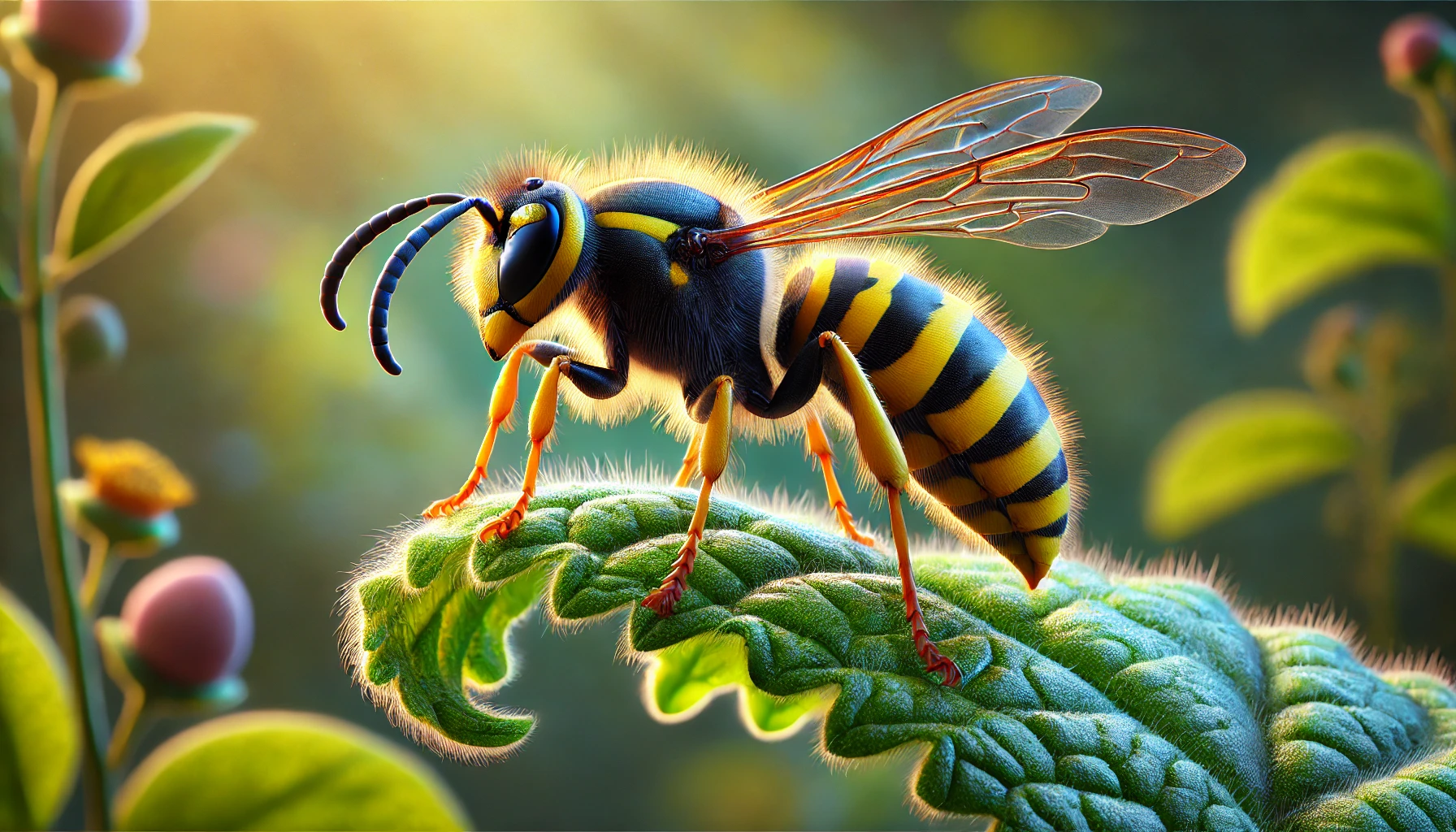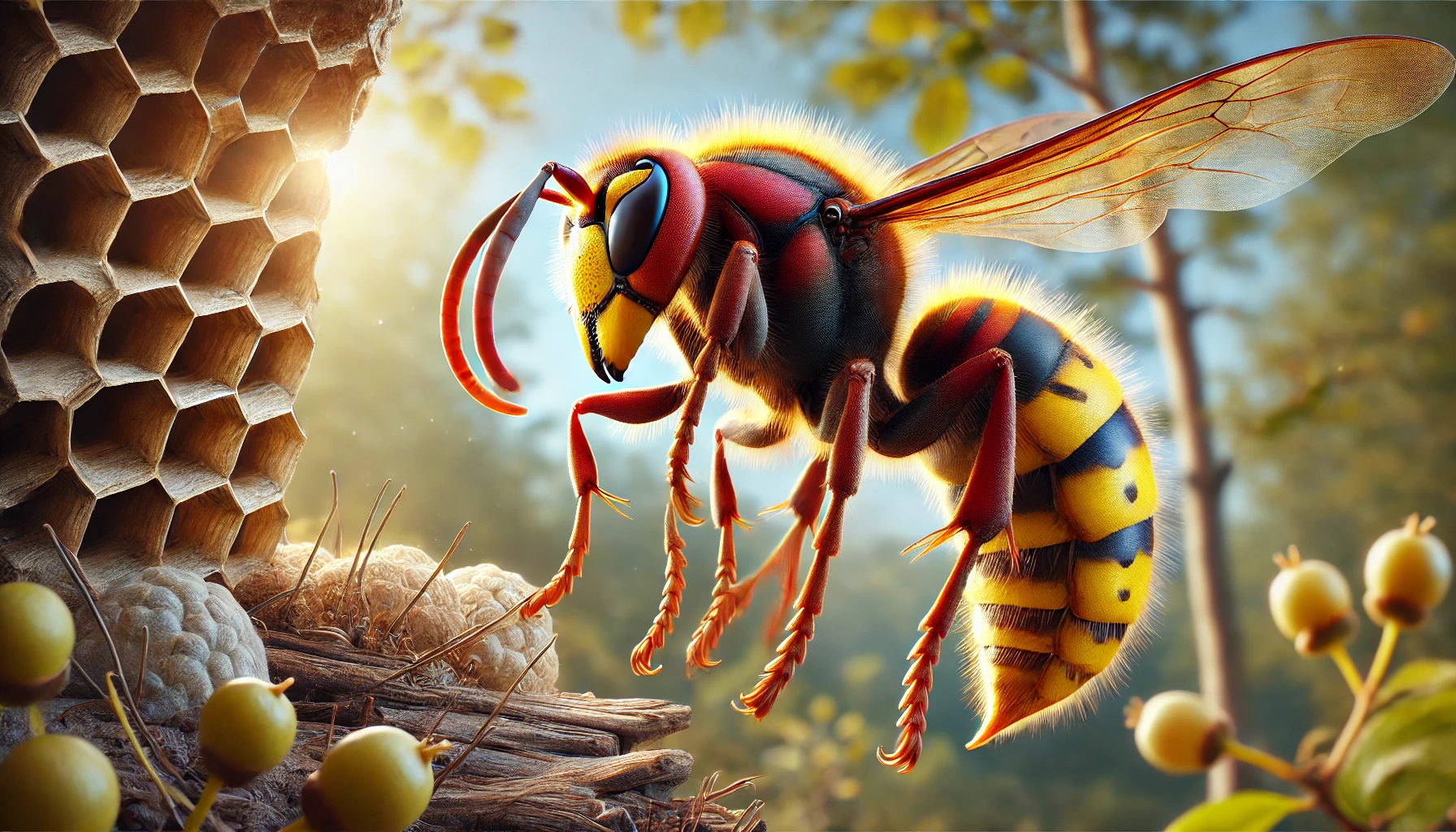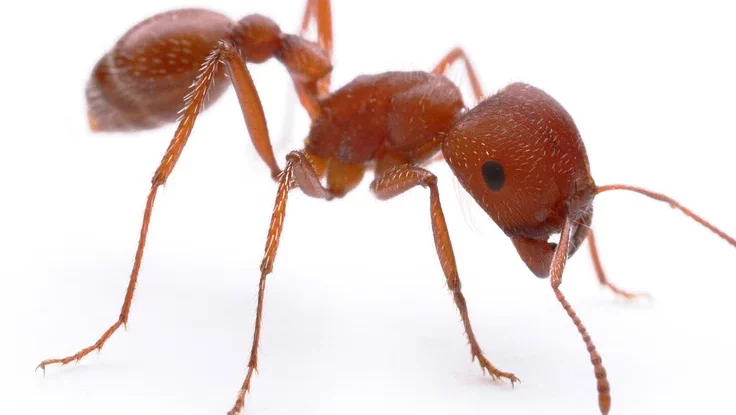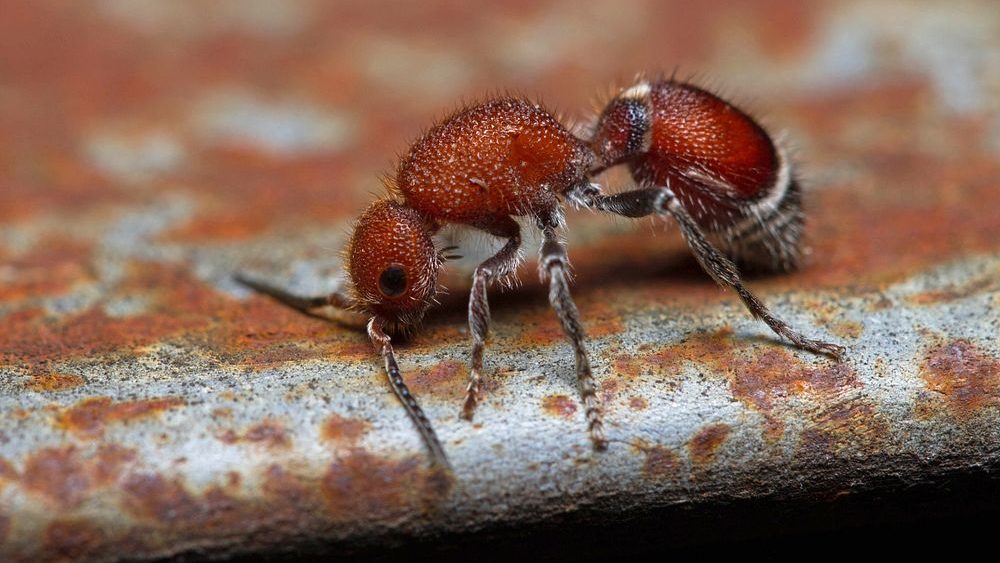Key Takeaways
- Honey bees cause the most fatalities in the U.S. due to severe allergic reactions, despite their typically gentle nature.
- Yellowjackets are highly aggressive, sting multiple times, and commonly nest in hidden areas around homes.
- Hornets defend their nests fiercely; their stings are extremely painful and can trigger severe reactions.
- Fire ants swarm aggressively, causing numerous painful stings that can be particularly dangerous to children and pets.
- Velvet ants (“cow killers”) are solitary but deliver extremely painful stings; avoid handling or stepping on them.
- Regularly inspecting your property, sealing garbage bins, and promptly treating nests can significantly reduce the risk of dangerous insect encounters.
- Always have emergency allergy treatments available, especially if household members have known insect allergies.
 You know the moment – you are out, maybe grill some burgers or simply enjoy a sweet tea on your porch, when suddenly, anywhere, an angry feast sends a cool to your spine. Your heart starts running, dart your eyes around, and you are hoping that it is just a harmless bee and nothing is more frightening.
Honestly, we are all there. And most of the time, this close encounter ends with just a quick swat and strange laughter. But here is the thing: some insects can do much more damage than spoiling your afternoon picnic. So, what is the most deadly stinging insect in America anyway? Let’s break it.
You know the moment – you are out, maybe grill some burgers or simply enjoy a sweet tea on your porch, when suddenly, anywhere, an angry feast sends a cool to your spine. Your heart starts running, dart your eyes around, and you are hoping that it is just a harmless bee and nothing is more frightening.
Honestly, we are all there. And most of the time, this close encounter ends with just a quick swat and strange laughter. But here is the thing: some insects can do much more damage than spoiling your afternoon picnic. So, what is the most deadly stinging insect in America anyway? Let’s break it.
What Makes an Insect Sting Dangerous?
- Good question. And there’s not just a straightforward answer—like so many things, it’s a bit more complicated. A sting’s danger level depends on factors like:
-
Venom Potency: Stronger venom can cause serious damage to tissues or even vital organs, increasing the medical risk.
-
Allergic Reactions: Some people may have severe allergic responses, such as anaphylaxis, even from a single sting.
-
Swarming Behavior: Insects like yellowjackets or fire ants attack in groups, delivering multiple stings that amplify danger.


Not getting a solution?
Get your free pest control estimate today!Honey Bees: Sweet Reputation, Serious Danger
This might surprise you—I know it did me—but honey bees are the deadliest stinging insects in America. Bees? Those fuzzy little creatures minding their own business in the flowers? Yep, those guys. Here’s the catch: Honey bees are usually peaceful—honestly, they’re pretty laid back—until they’re provoked. Their sting isn’t the worst pain in the world, but for some folks, just one sting can set off a severe allergic reaction known as anaphylaxis. And here’s the scary part: most people who experience severe reactions had no idea they were allergic. Every year, 60 to 70 people in the US lose their lives to bee stings—more than sharks, bears, or lightning strikes combined. Crazy, right? Quick Tip: If bees decide your home is their new home, don’t play hero. Just call in the pros. Trust me.
Yellowjackets: Small but Meaner Than They Look
You’ve probably encountered these little troublemakers before. Yellowjackets are aggressive, territorial, and they’ll chase you—seriously, chase you—if you upset them. Unlike bees, yellowjackets can sting multiple times, and each sting packs a wallop. Let me explain: yellowjackets often build their nests underground or in sneaky spots like under decks or behind siding. So you might accidentally disturb their nest while mowing the lawn or gardening—leading to a swarm attack you never saw coming. These insects send thousands of people to the emergency room every summer. Not fun. Quick Tip: Seal trash cans tightly. These pests love your barbecue leftovers even more than you do.
Hornets: The Insect World’s Angry Bouncers
Hornets are yellows accacles on steroids – more important, more aggressive and even more regional. Ever seen those big, paper like nest hanging from trees? They are hornet nests, and the hornets are notorious protective. Imagine a bouncer guarding a VIP club – but with wings and a stinger. And here is a twist – remember “Murder Hornet” craze? Thankfully, those Asian huge hornets have not yet invaded the whole of America. They are still limited to viewing separately out of west. But our local Hornets-like bald or European-European-no joke. Quick Tip: Keep an eye out in spring and summer. If you spot a hornet nest, resist the urge to knock it down yourself. Call a pest control professional instead (seriously, it’s worth it).
Fire Ants: Small, Sneaky, and Seriously Painful
If you’ve ever stepped on a fire ant mound barefoot, you know it’s an experience you’d rather not repeat. Fire ants aren’t precisely “stingers” in the classic flying-insect sense, but don’t underestimate them—they bite to hold on, then inject venom with a sharp sting. Ouch doesn’t even begin to describe it. One or two stings feel like fiery pinpricks; dozens or hundreds (because they swarm) can be medically serious, especially for small kids, pets, or people with sensitivities. Quick Tip: Treat ant mounds early and regularly, especially in warmer Southern states. Your feet will thank you.
Velvet Ants: Fuzzy Little Bugs, Unforgettable Pain
And speaking of pain, ever heard of the “cow killer”? Officially known as velvet ants, these fuzzy, brightly-colored insects aren’t ants at all—they’re actually wingless wasps. Their nickname comes from their sting, rumored to be so painful it could kill a cow. (It can’t, thankfully, but still, who wants to find out?) Velvet ants are solitary and won’t swarm you, but stepping on one barefoot will leave you doubled over in pain, gasping for air, and questioning your life choices. Quick Tip: If you see something fuzzy and brightly-colored scurrying on the ground, admire from a distance. Seriously—don’t touch.Keeping Your Backyard (and Family) Sting-Free
- You know what? Most insects won’t mess with you unless you mess with them first. Still, accidents happen, nests get disturbed, and surprise allergies crop up. So here are some everyday tips that really help:
-
Regular Checks: Walk around your yard monthly to spot insect nests or activity early and avoid accidental stings.
-
Watch Your Trash: Seal garbage bins and clean up food quickly to avoid attracting aggressive insects like yellowjackets.
-
Dress Smart: Wear protective clothing when doing yard work to minimize exposed skin and lower the risk of stings.
-
Allergy Awareness: Keep emergency medications like EpiPens readily available for anyone with insect sting allergies.
By knowing what’s buzzing around your home, you’re already ahead of the game. Because let’s face it—relaxing in your backyard hammock without worrying about getting stung is how summer is supposed to be. After all, nobody wants to invite trouble to their cookout. If you feel things have gone out of control, it is advised to contact pest control professionals. Our team can provide a customized approach to protect your home effectively.
Visit our Species, Control, and DIY Guide sections for additional resources on insects and ways to tackle a insects infestation.





